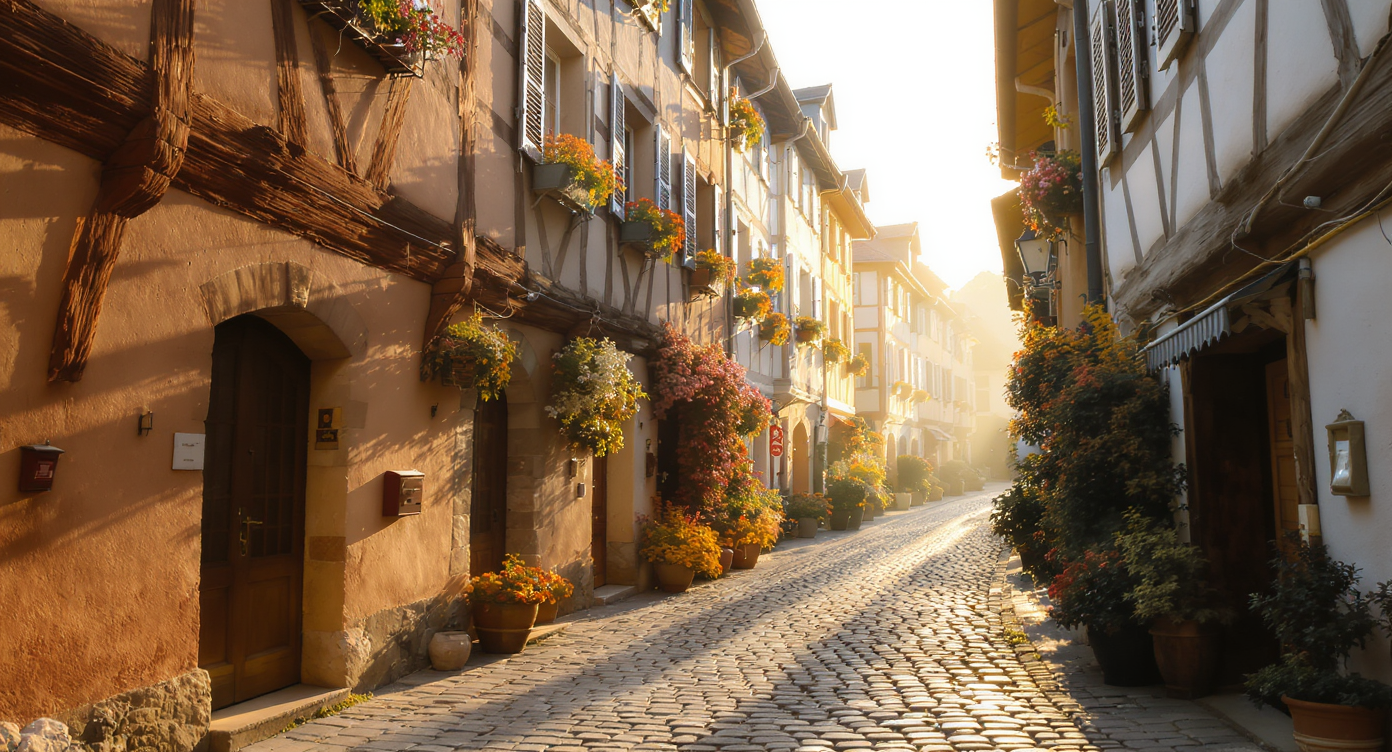
Six Ways We Explore: From Morning Milk to Karl Marx
Share this article:
This morning, I was thinking back a year to our travels through Europe (France, Belgium, Luxembourg, Germany and Switzerland), and reflecting on some of the places we visited. A year ago today we were in Colmar, at the heart of the Alsace, and I had walked out from the apartment we were staying in to find somewhere to buy milk. This was the first day when we could feel the chill of autumn creeping up on us as we travelled. It was a beautifully sunny day, but there was an edge to the air, a freshness. That simple morning walk for milk became its own small exploration – a reminder that we’re always navigating between different modes of discovery.
In my forthcoming book, The Fifth Element, I map six distinct modes of exploration. We move between them naturally, though most of us have our favourites. Understanding all six can transform how we approach both our creative work and our lives.
The Five Primary Modes:
1. Planned. This is exploration with a map and compass. You know where you’re heading and you’ve plotted the route. It’s the business plan, the structured programme, the carefully designed retreat. Planned exploration gives us scaffolding and safety – essential when we’re venturing into challenging territory. It’s planning ahead to make sure that we stay on track as much as possible, book accommodation, find restaurants, bars and culture to visit. But it’s only one way to explore.
2. Serendipity. The happy accident, the chance encounter, the book that falls off the shelf at exactly the right moment. The restaurant we ate at, because the one we had planned to try, was closed for a private party. Serendipity requires us to stay alert and open, to follow our curiosity without knowing where it leads. As I often tell clients: leave space for magic. Some of our most profound discoveries come when we’re looking for something else entirely.
3. Playing with Ideas. This is exploration as improvisation – taking concepts and turning them upside down, inside out, asking “what if?” without needing immediate answers. It’s the mode where we give ourselves permission to be ridiculous, to combine things that don’t belong together, to think like children do. Playing with ideas keeps our minds supple and our creativity flowing. It’s the space where we reach out beyond the obvious and look for seemingly random connections. It’s the acknowledgment that there is a synchronicity in visiting the birthplace of Karl Marx, and then finding ourselves in a cafe in another country where he met to form a movement, and in a library in another country where he and Engels met, not planned visits with that in mind. The synchronicity draws attention to that which isn’t obvious.
4. Community. We don’t explore alone, even when we think we do. Community exploration means learning through others’ eyes, building on shared discoveries, finding courage in companionship. It’s the writing group, the coaching circle, the conversation that changes everything. Sometimes the best guide is someone walking beside you, not ahead. This is why I emphasise the importance of speaking to those that serve us in shops, restaurants and bars. Asking the curator in a museum for their thoughts on the exhibits, accepting offers of help from strangers (with a due regard for safety of course!)
5. Narrative. We make sense of our explorations through story. This mode involves crafting meaning from our experiences, finding patterns in the chaos, creating a through-line that connects past, present and future. When we explore through narrative, we become both author and protagonist of our own unfolding story. Our unfolding reality is always an opportunity to create narrative, we get to choose the tone, the genre and the sense-making lens that we apply.
The Synthesising Mode:
6. Integration / Revelation / Provocation. This is where the alchemy happens. The other five modes feed into this synthesising space where connections spark, patterns emerge, and sudden clarity arrives. Integration weaves the threads together. Revelation shows us what we couldn’t see before. Provocation pushes us toward the next exploration. It’s the “aha” moment in coaching, the creative breakthrough, the moment when everything shifts. It’s the glorious epiphany when walking the streets, when drinking wine in a bar, when visiting a birthplace of someone significant to us.
Closing:
Right now, which mode are you in? More importantly, which mode might serve you today?
We tend to default to our comfortable modes – the planner stays in planning, the community explorer never ventures solo. But real exploration requires all six. Like a musician who knows when to follow the score and when to improvise, we need the full range.
The Chief Explorer’s work isn’t about choosing one mode over another. It’s about recognising where we are, knowing what’s possible, and having the courage to shift modes when the moment calls for it.
What exploration is calling to you?
Stuart Eglin is Chief Explorer and author of the forthcoming book “The Fifth Element”. His earlier books include “The Inner Fire,” “Shadow & Light” and “Precious Jewels.” He works with leaders, creators and seekers who are ready to explore new territory in their work and lives.

3 thoughts on “Six Ways We Explore: From Morning Milk to Karl Marx”
In many of my “explorations”, I have used multiple modes. I have planned, enlisted my community, and played with ideas. During my long teaching career, I faced multiple challenges, the solutions of which required me to explore various modes to find clarity and solutions.
Thanks Amanda. Glad it resonated for you! Look out for the book, coming soon!
Great writing – learning shared in turbo form so can be enjoyed at my leisure. Great for those moments when you just need a little inspiration…